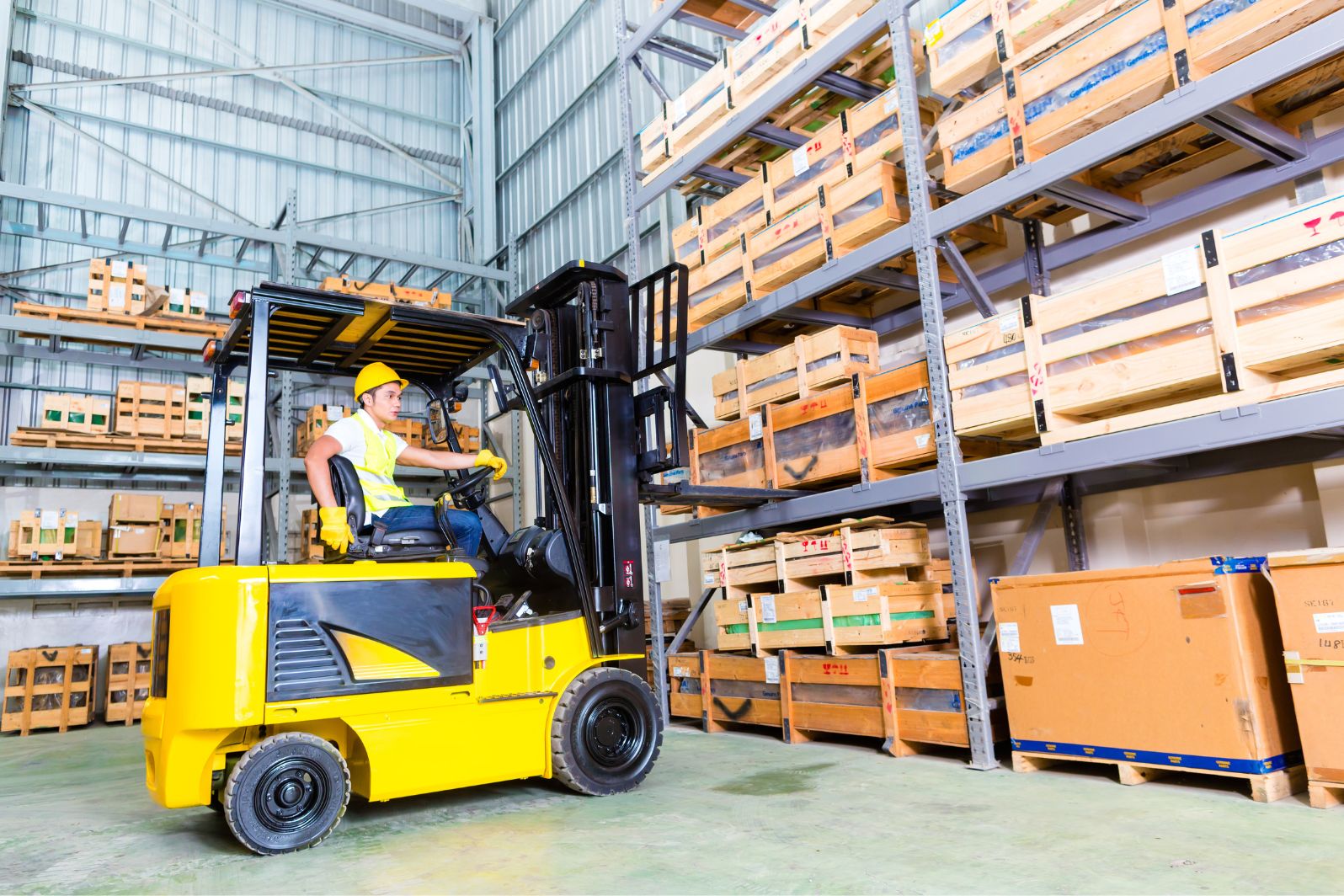Having the right pallet fork and frame is essential for safely maneuvering a skid steer. As with other industrial equipment, you need to know your needs so that you can shop for the forklift parts and other pallet fork equipment that can meet them.
A well-informed decision ensures not only the seamless operation of the forklift but also the safety of personnel and the efficiency of material handling tasks. When choosing a forklift, factors such as load capacity, lift height, maneuverability, and power source should align with the specific needs of the operation. Equally important is the selection of forklift parts, including forks, tires, and hydraulic systems. Click here for opting the high-quality parts that enhance the overall performance and longevity of the forklift, reducing maintenance needs and potential downtime. Therefore, making wise choices in both forklift selection and parts procurement is paramount to achieving optimal productivity and a safe working environment.
Calculate the maximum weight of your lifting needs to determine the type of forks you need. There are three classes of skid steer pallet forks, light duty, standard duty, and heavy duty.
Light-duty forks are typically used for track loaders and small skid steers. The maximum lifting capacity is typically around 2,500 pounds.
Standard-duty forks are stronger, with a maximum weight capacity of around 5,000 pounds. They are the best option for full-size skid steers.
Heavy-duty forks are the strongest, making them ideal for large skid steers. They have the highest maximum weight capacity of around 10,000 pounds.
When determining your maximum weight needs, you need to include the weight of the forks and frame. When the forklift lifts, it is also lifting the weight of these components.
Failing to account for this additional weight could unintentionally put you over the maximum weight capacity. This could result in the forklift becoming unstable and dangerous.
Table of Contents
Pallet Fork Classes
You will see the frames rated into classes when comparing pallet fork options. This makes shopping for industrial equipment easier because you must match the forks to the frame. Otherwise, the frame or the forks could fail during use.
Below are the pallet fork frame classes with their maximum weight capacity and lifting height.
- Class 1: below 2,200 lbs and 13 feet
- Class 2: 2,200-5,500 lbs and 16 feet
- Class 3: 5,500-11,000 lbs and 20 feet
- Class 4: 11,000-17,600 lbs and 25 feet
Fork Size
Similar to other industrial gear, forks come in a range of sizes. Choose a fork length suitable for the size of the pallets or other items you plan to lift.
Generally, the longer the forks, the higher the weight capacity. However, shorter fork length increases maneuverability.
To make your forklift even more versatile, you can add attachments like fork extensions, load stabilizers, and side shifters. These attachments can boost lifting capacity, extend reach, and handle larger or varied loads more efficiently. You can check with this spare parts supplier, or similar parts providers to see if these accessories are available and find the ones that best fit your needs.
Ultimately, the forks need to be strong and long enough to lift safely. This could result in creating more space to accommodate the longer fork length.
Special Features
Consider special feature needs once you determine the necessary size and weight capacity. This is because pallet forks have usefulness in warehouses, factories, construction sites, and farms. However, each of these settings has different working conditions and use purposes.
Special features could include increased durability, walk-through design, low profile, additional load guards, or frame steps.
Choose the Right Pallet Forks
Choosing the right pallet forks is essential for getting the most from your skid steer. Because this is industrial equipment, safety is paramount. With this guide, you will select the correct size and maximum weight capacity to ensure your forks perform to your desired standard.
Find the best equipment for your warehouse by reading our helpful business articles.


